posted by Morgan Meis to 3 Quarks Daily: Susanna Kaysen at n+1:
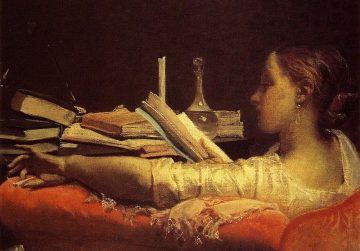
What is smoking for? People who don’t smoke think it’s for feeding an addiction, and they’re right. Once you’ve started smoking, it’s hard to stop. But that’s a narrow definition. There’s a physical addiction and there’s also a spiritual addiction. Perhaps you could call it a metaphysical addiction.
Continue reading
==============================
via Arts and Letters Daily: John Mathew in Inference Review
Two apocryphal stories were very much in vogue during my doctoral years reading ecological sciences in the United States. The first involved a comment that J. B. S. Haldane made to an interviewer who had asked him what the diversity he saw around him said about the mind of the Creator. Haldane is understood to have responded, with, no doubt, appropriately beetling brows, “An inordinate fondness for beetles.” The second episode took place during the 1950s. Haldane is reported to have leapt onto a table in a pub and loudly declared, “I would give my life for two brothers or eight cousins,” thereby neatly illustrating filial loyalties through coefficients of relatedness and anticipating the notion of kin selection or inclusive fitness elaborated by William Hamilton in 1964.
Popularizing Science: The Life and Work of JBS Haldane
by Krishna Dronamraju
Oxford University Press, 384 pp., $34.95.
Continue readingA considerable time-suck.
==============================
via Interesting Literature
A commentary on the King of Colchester’s daughters by Dr Oliver Tearle
‘The King of Colchester’s Daughters’, also known by the title ‘The Three Heads in the Well’, is one of England’s oldest native fairy tales. Sharing some plot similarities with more famous tales such as Cinderella and Charles Perrault’s ‘Diamonds and Toads’, it is a tale in which kindness is rewarded and selfishness is punished, as in all good fairy stories. Below, we offer a summary of ‘The Three Heads in the Well’, along with some notes towards an analysis of this old tale about the King of Colchester and his very different daughters.
Continue reading
==============================
via The Royal Society: The Repository by Jon Bushell
I recently retrieved one of our volumes of John Smeaton’s design drawings from the archive, in the course of dealing with an enquiry. While carefully folding away a three-metre-long set of river navigation plans, I spotted a curious little map relating to a rather unsuccessful eighteenth-century waterway, the Basingstoke Canal.

Swan Bridge over the Basingstoke Canal. The original eighteenth century bridge had to be replaced in 1921 when it collapsed after a landslip.
I’m quite familiar with a couple of sections of the canal thanks to my regular rambling (the colour snaps in this article are from a walk I did last November), and I was therefore a little surprised to find this among Smeaton’s works. His name is not one that generally comes up in connection with this particular canal, so I was intrigued enough to dig a little deeper.
Continue reading
==============================
via Ancient Origins by Caleb Strom
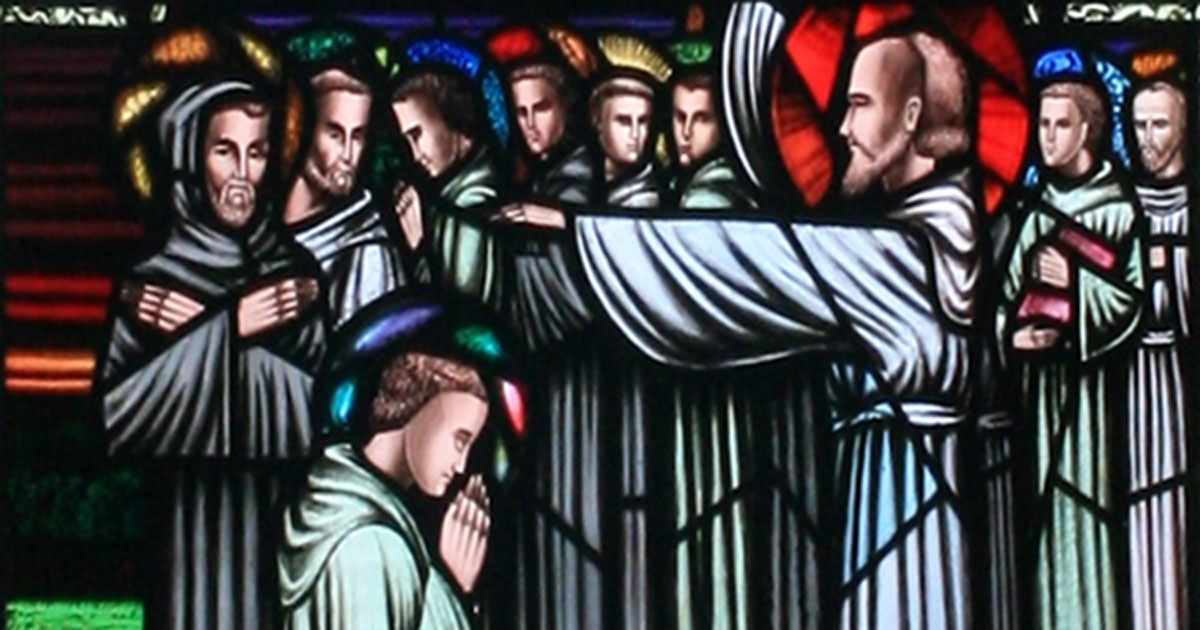
The Twelve Apostles of Ireland. Source: AFBorchert / CC BY-SA 3.0 .
The original Twelve Apostles in the Christian religion are responsible for taking the faith and spreading it across the Mediterranean World. These are the Twelve Apostles who were among the original Judean followers of Jesus. A lesser known set of twelve saints referred to as apostles are the Twelve Apostles of Ireland, who were renowned for their study of the Bible as well as their devout lifestyle and role in spreading Christianity in Ireland. The Twelve Apostles of Ireland all studied under the same saint, Saint Finian of Clonard.
Continue reading
==============================
via Boing Boing by David Pescovitz
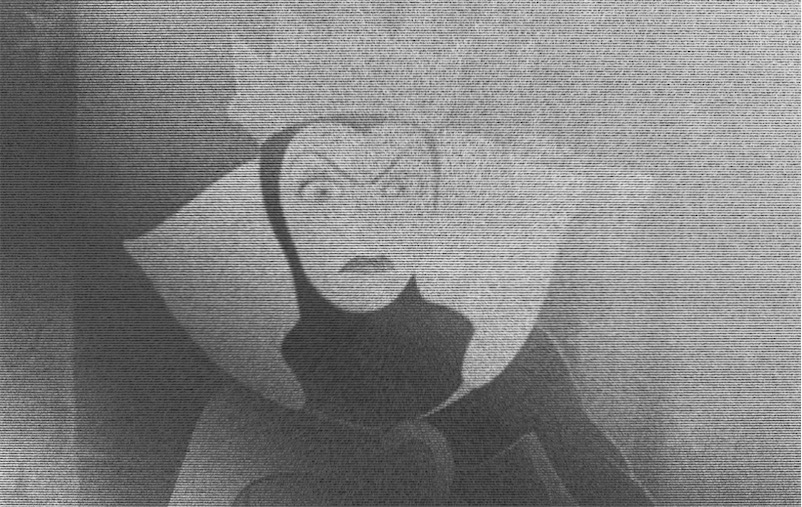
More than a century before the Disneyfication of Snow White, German folklorists the Brothers Grimm collected the fairy tale in their anthology Nursery and Household Tales. But their version, and earlier tellings including one titled "The Young Slave" from the 17th century, was not quite the Snow White that in 1937 became Disney's first animated feature film. No, the original story, as summarised by Maria J. Pérez Cuervo at the Daily Grail, "has elements of murderous jealousy, ritual cannibalism, sexual temptation, necrophilic imagery and capital punishment.
Continue reading
==============================
via Interesting Literature

‘There’s no money in poetry,’ Robert Frost once observed, ‘but then there’s no poetry in money, either.’ But was Frost right? Are there any great poems about money? Has money ever inspired a good poem? Here are some of the best poems about money in some way, whether they merely mention money as a crucial element or even, in some cases, take cash, money, pounds, pence, and dollars as their central subject.
Continue reading
==============================
via the OUP blog by James Harold

“Stokesay Court” by PJMarriott. CC BY 3.0 via Wikimedia Commons.
The 2018 movies Crazy Rich Asians, It, Black Panther, The House with a Clock in Its Walls, Mary Poppins Returns, and Beautiful Boy have very little in common with one another, except the fact that all are based on popular books. More than half of the top 20 highest grossing films in the UK from 2007-2016 were based on books or comic books. The Publishers Association estimated that movies based on books make 43% more than movies based on original screenplays.
However, for moviegoers who have read the source material, there is often the risk of disappointment in going to see such adaptations. What if the film fails to live up to the book? It is quite natural to want the movie to be true to the book, and surely it is not unreasonable to judge the film in part on how well it meets those expectations.
Continue reading
==============================
via The National Archives Blog by Steven Cable and Sarah Castagnetti
If you search The National Archives’ catalogue for ‘photograph’ you get 365,199 results. Try putting that lot into an album. We have photographs from a wide variety of different sources – some you might expect, but others you wouldn’t. For example, we have photographs from:
- military, police and security service surveillance operations
- evidence in criminal trials
- countries and former colonies across the world
- railway and aviation authorities
- industry and agriculture
- propaganda and advertising campaigns
- government buildings, parks and land
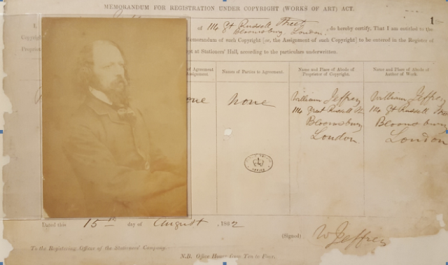
Continue reading and see a very small selection of wonderful photographs
==============================
via Ancient Origins by Ed Whelan
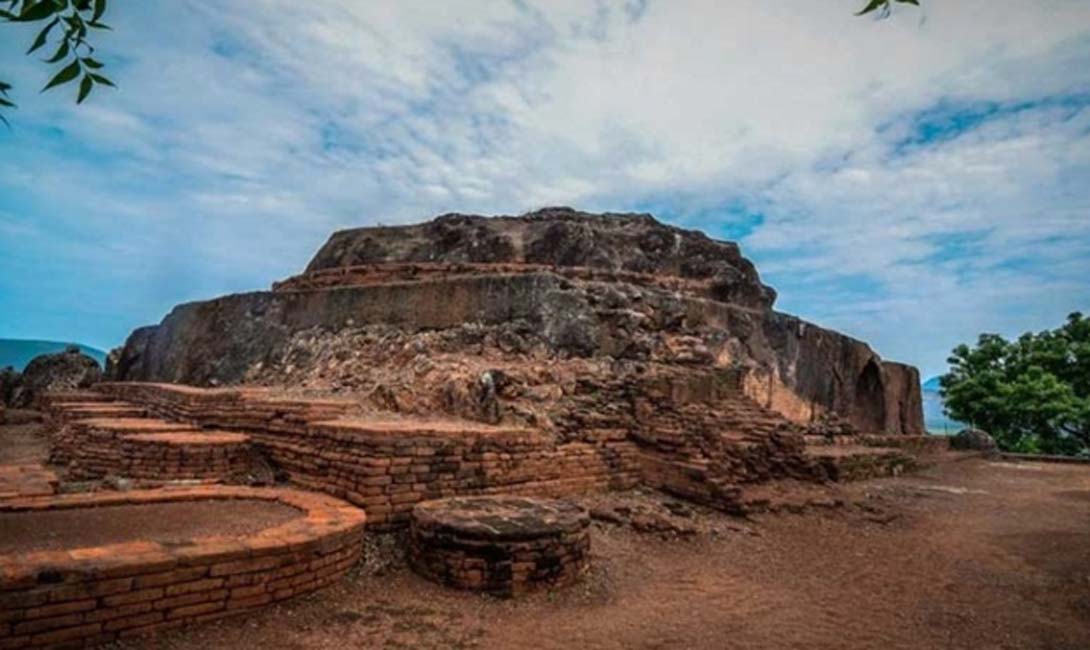
The ruins of Bavikonda, Andhra Pradesh, India. Source: Namaste Vizag
Of all the countries in the world, India has some of the finest examples of Buddhist history and heritage. One of the noteworthy sites is the sacred monastery of Bavikonda in Andhra Pradesh . It is one of the oldest and most sacred Buddhist sites in all of the subcontinent. Authorities are now taking steps to preserve Bavikonda and other ancient Buddhist monuments and sites, realizing the cultural wealth they hold for generations to come.
How Buddhism Was Almost Pushed Out of India
For centuries, Buddhism was one of the major faiths in India and before the advent of Christianity, it slowly spread throughout much of northern India. Ashoka, the famous Mauryan Emperor, adopted the faith and did much to promote its popularity. Bactrian and Indo-Greeks also played a role in its development.
Continue reading
No comments:
Post a Comment